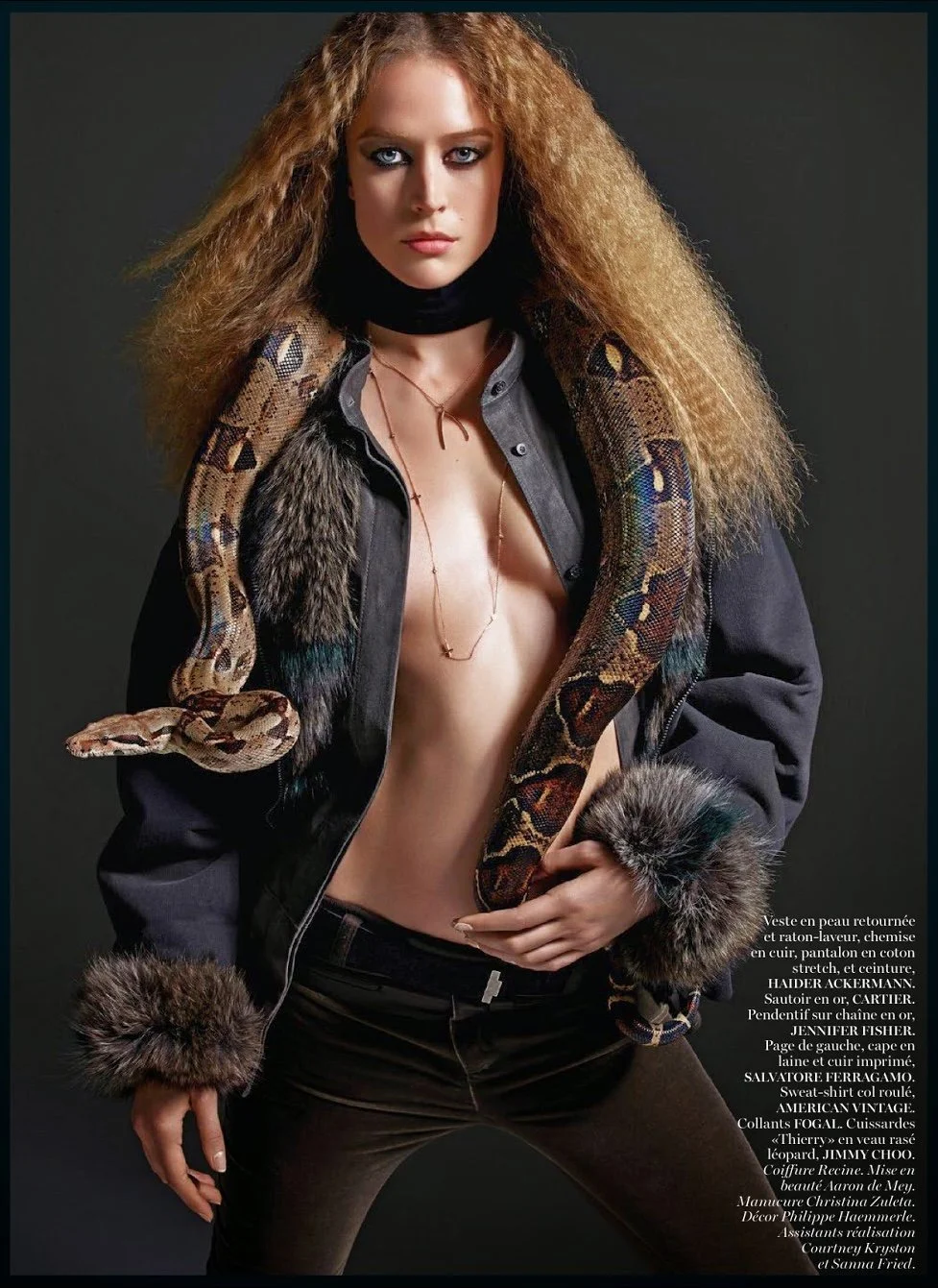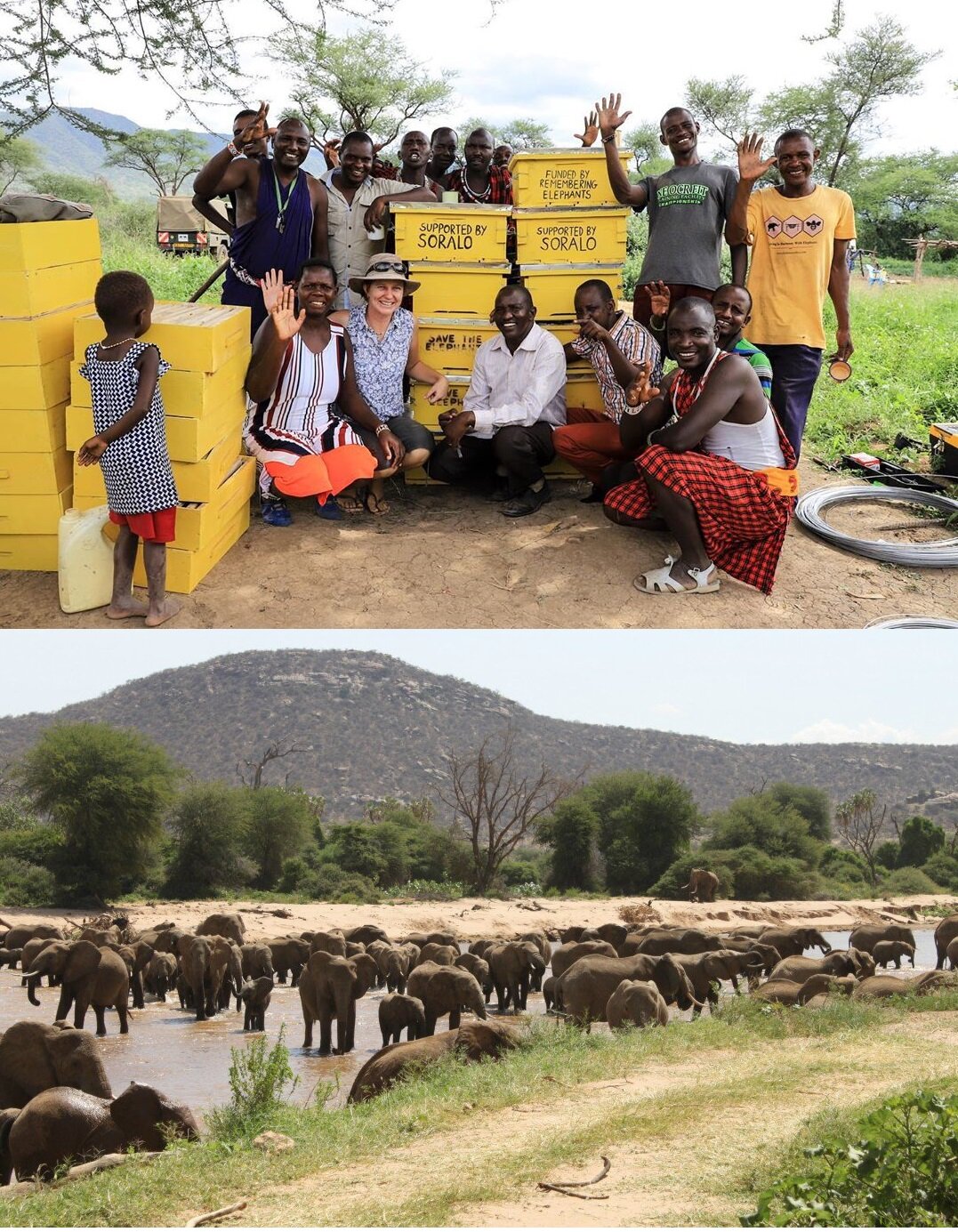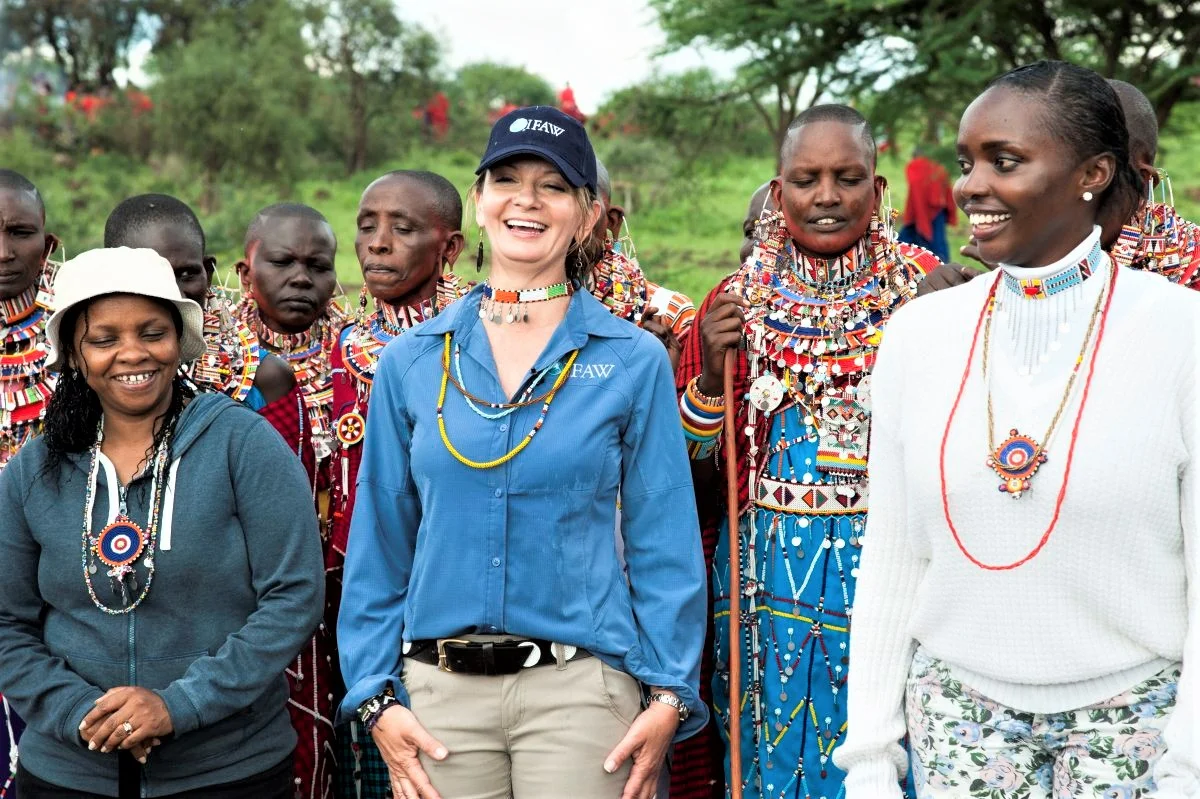In Kenya's SORALO and Shompole Lands, Samantha du Toit Takes Us to the Great Rift Valley
/In Kenya's SORALO and Shompole Lands, Samantha du Toit Takes Us to the Great Rift Valley
Samantha du Toit (formerly Russell) was born and raised in Kenya. After completing secondary school in Nairobi she went to England to study Zoology and Psychology at Bristol University in England
Upon returning to Kenya, du Toit went straight into working in wildlife conservation with Dr. David Western, founder of the African Conservation Centre. Her first major task was to establish the baseline monitoring of the Shompole and Olkiramatian ecosystem, over eight years ago.
Today the Shompole Conservancy is a large privately operated conservation area in the south of the Great Rift Valley, Kenya. It is located between Lake Magadi to the north and Lake Natron to the south, on the border between Kenya and Tanzania. The conservancy was registered in 1979 and is owned by the Loodokolani Maasi with over 2000 registered members representing around 10,000 Loodokilani Maasai dependents.
Today, Samantha du Toit can be found at the Lale’enok Resource Centre, which she helped establish and now plays a major role in its operations. Or we might find her in the Nairobi SORALO office, helping to manage the affairs of the South Rift Association of Land Owners. This network of shared goals and objectives operates with complementary decision-making and objectives.






